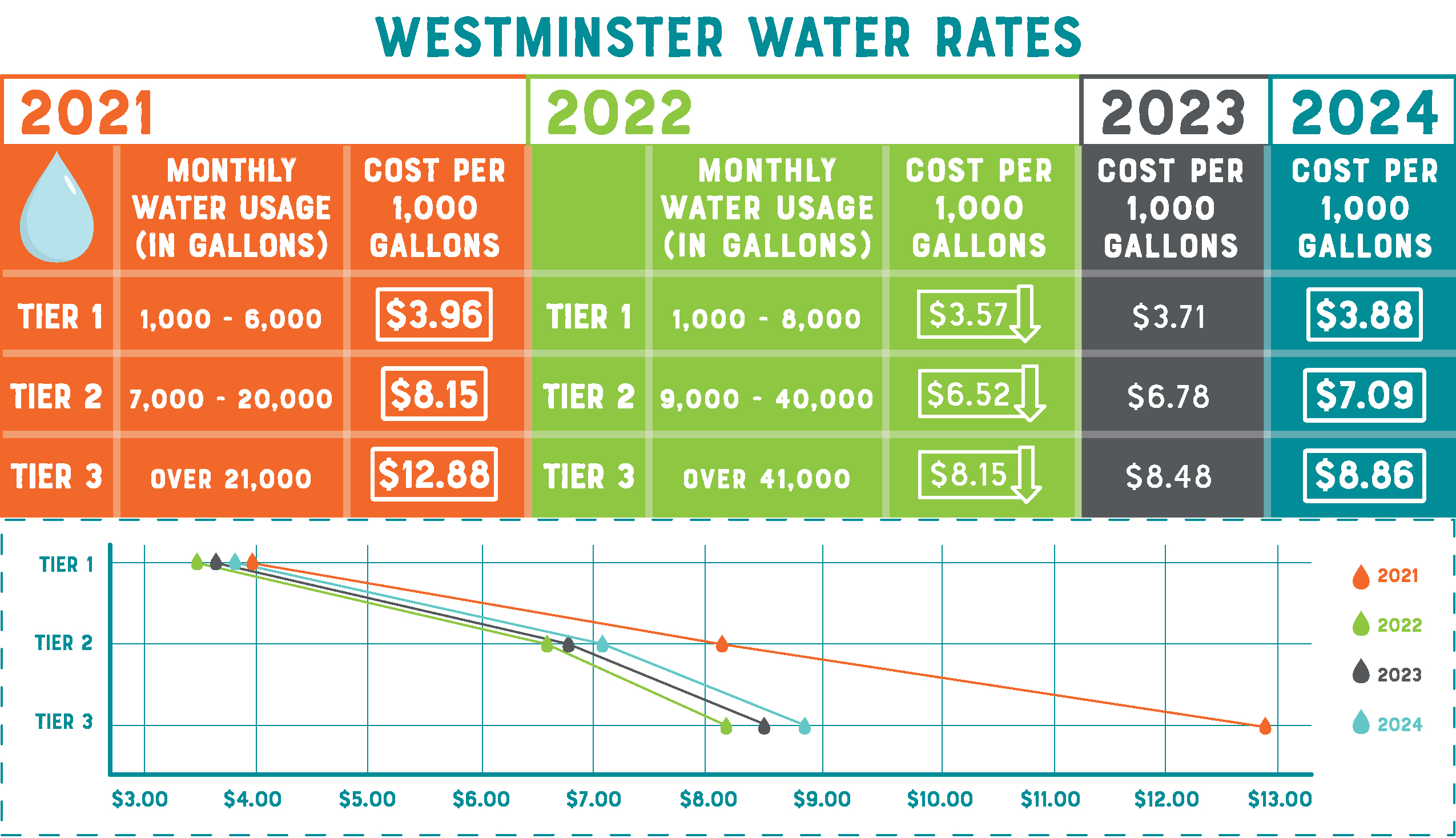What does a new treatment facility mean for my water rates?
City Council incorporated the cost of the new water treatment plant when it approved the historic rate reductions last year. In order to provide immediate relief to rate payers, City Council adopted lower rates within the current three-tiered structure and increased the volumes allotted within each of those tiers in 2022. This significant rate reduction followed previous 10% water rate increases in both 2019 and 2020.
City Council directed staff to better balance the need to maintain affordable water rates, while maintaining the City’s water system and ensuring the financial health of the water utility into the future.
After extensive financial modeling, City Council adopted a 4.0% rate increase for 2023 and capped rate increases to no more than 4.5% for the next decade to balance the budget. These moderate rate increases over time support the defined 2023-2027 Capital Improvement Program including the right-sized water treatment plant while ensuring clean, safe, and affordable water for generations to come.
